45,000 Galaxies Sparkle in New James Webb Telescope Photo
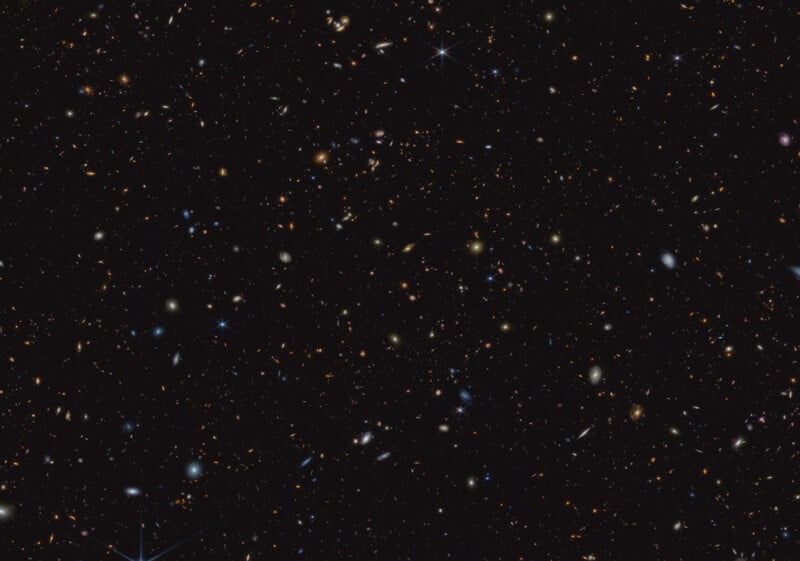
“Among the most fundamental questions in astronomy is: How did the first stars and galaxies form?” NASA writes. The James Webb Space Telescope hasn’t been in space long, but it’s already delivering critical insights into this monumental question.
JWST Advanced Deep Extragalactic Survey (JADES) Searches for Ancient Galaxies
A new image captured as part of one of Webb’s most significant scientific programs, the JWST Advanced Deep Extragalactic Survey, or JADES, is not only visually stunning but also incredibly important for scientists working to understand the universe’s history, especially its earliest days.
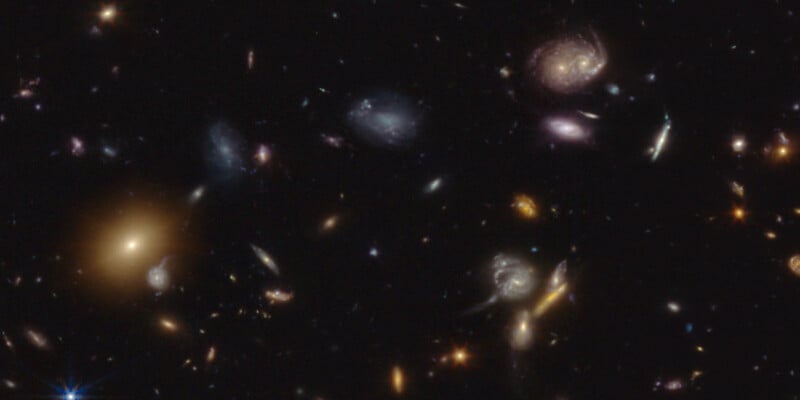
As part of JADES, Webb will dedicate just over a month of its valuable telescope time to capture and analyze very faint, distant galaxies. Some of the observations have already occurred, and the data continues to roll in from these early images.
“While the data is still coming in, JADES already has discovered hundreds of galaxies that existed when the universe was less than 600 million years old. The team also has identified galaxies sparkling with a multitude of young, hot stars,” NASA explains.
The area, GOODS-South, has also been imaged by the Hubble Space Telescope, which helps put in perspective just how much more detail Webb offers.
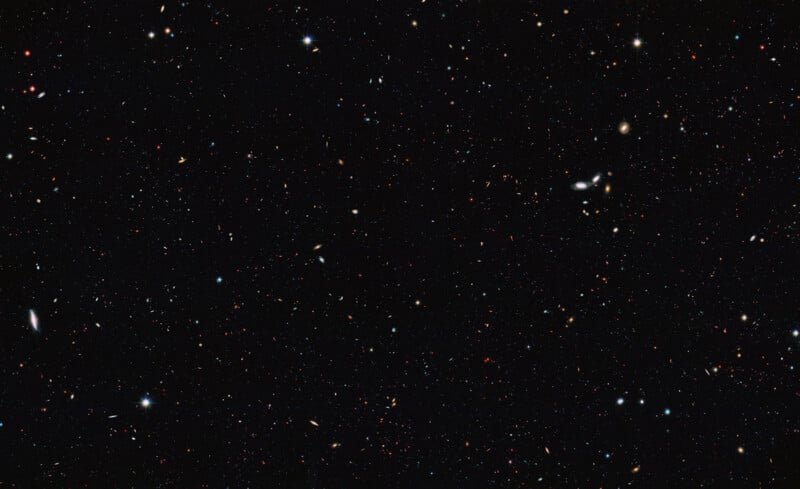
The Importance of Stars and the Epoch of Reionization
“With JADES, we want to answer a lot of questions, like: How did the earliest galaxies assemble themselves? How fast did they form stars? Why do some galaxies stop forming stars?” says Marcia Rieke of the University of Arizona in Tucson, co-lead of the JADES program.
Ryan Endsley of the University of Texas at Austin led an investigation into the galaxies that existed a mere 500 to 850 million years following the big bang. This period, known as the Epoch of Reionization, remains quite mysterious.
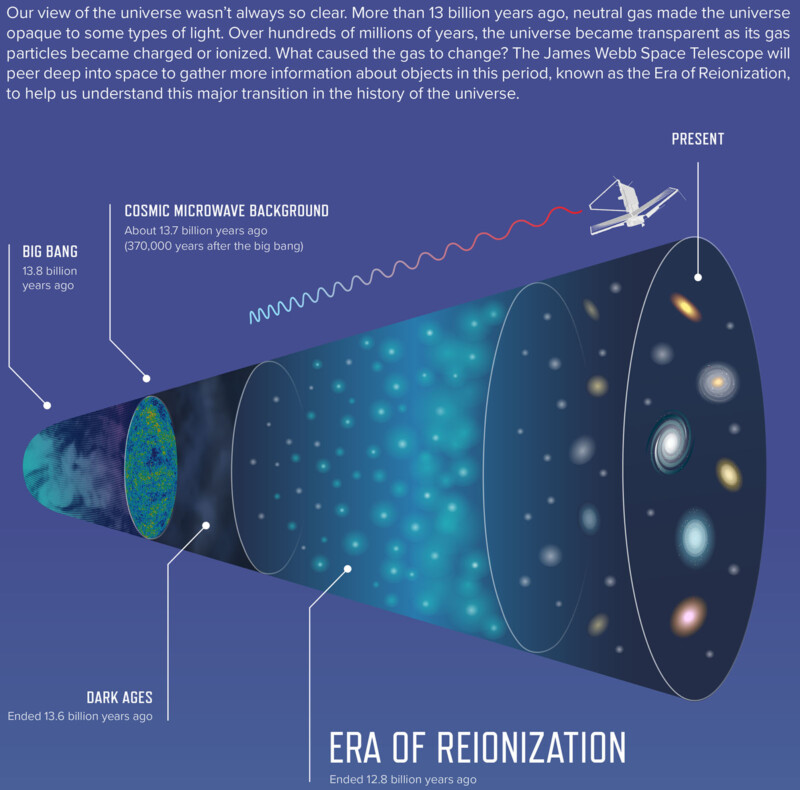
NASA explains reionization, writing, “For hundreds of millions of years after the big bang, the universe was filled with a gaseous fog that made it opaque to energetic light. By one billion years after the big bang, the fog had cleared and the universe became transparent, a process known as reionization.”
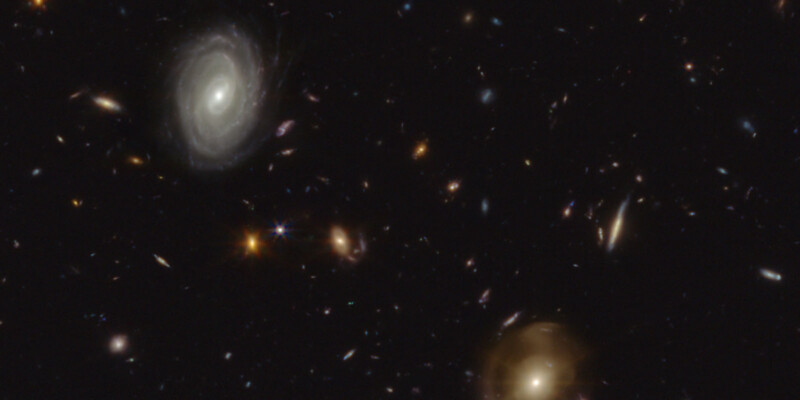
Some scientists believe that supermassive black holes caused the eponymous reionization, others believe that galaxies full of young stars, which burn extremely hotly, were the impetus behind reionization.
As part of JADES, Endsley and his colleagues have been studying these all-important distant, old galaxies using Webb’s Near-Infrared Spectrograph (NIRSpec) instrument. The team wanted to find evidence of star formation and find it they did.
“Almost every single galaxy that we are finding shows these unusually strong emission line signatures indicating intense recent star formation. These early galaxies were very good at creating hot, massive stars,” says Endsley.
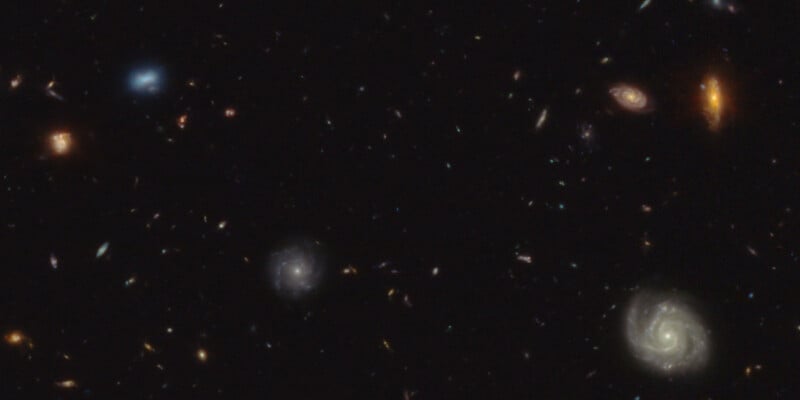
The bright, massive stars in turn fired torrents of ultraviolet light off into space, which changed the nature of surrounding gas from opaque to transparent. This was achieved through ionization, which is the process of removing electrons from their nuclei.
Because early galaxies had so many hot, massive stars, they may have been the primary catalyst for the reionization process that has been hotly debated within the scientific community.
“Endsley and his colleagues also found evidence that these young galaxies underwent periods of rapid star formation interspersed with quiet periods where fewer stars formed. These fits and starts may have occurred as galaxies captured clumps of the gaseous raw materials needed to form stars. Alternatively, since massive stars quickly explode, they may have injected energy into the surrounding environment periodically, preventing gas from condensing to form new stars,” writes NASA.
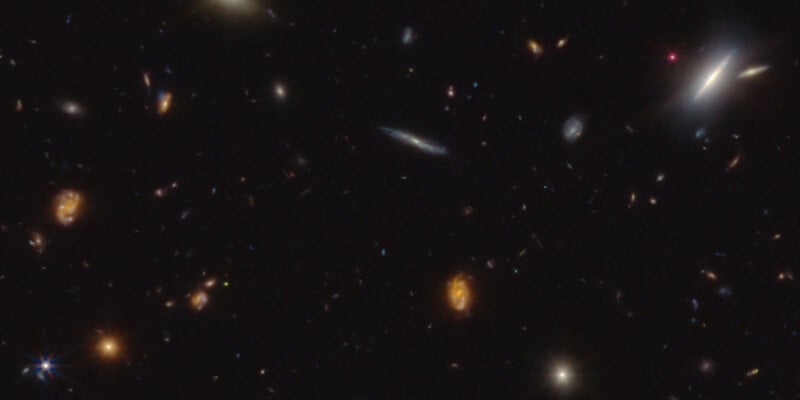
Revealing the Early Universe
Another large component of JADES is searching for very early galaxies, which in this context are galaxies that existed less than 400 million years after the big bang.
“By studying these galaxies, astronomers can explore how star formation in the early years after the big bang was different from what is seen in current times. The light from faraway galaxies is stretched to longer wavelengths and redder colors by the expansion of the universe — a phenomenon called redshift. By measuring a galaxy’s redshift, astronomers can learn how far away it is and, therefore, when it existed in the early universe,” NASA explains.
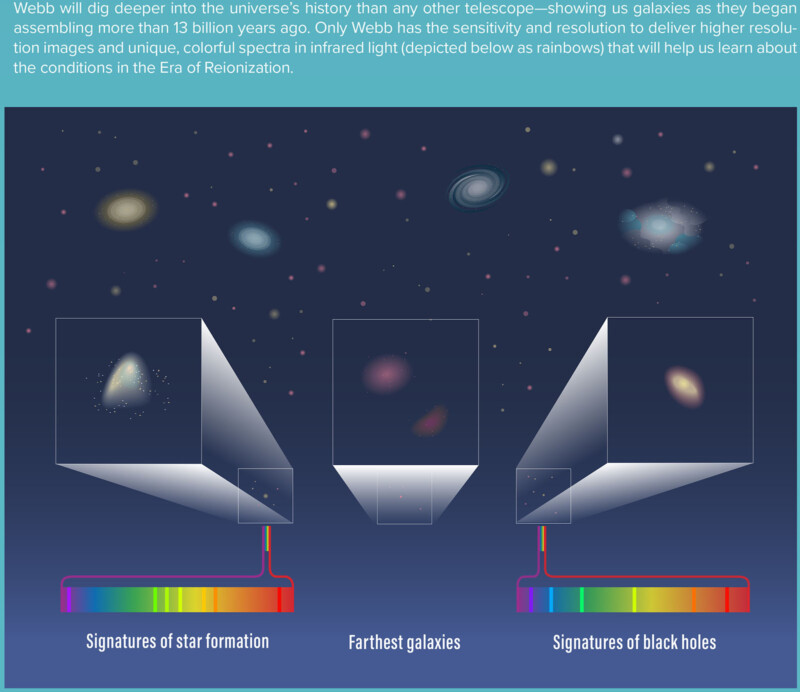
Webb has already transformed how scientists search for these very old galaxies. NASA says, “Before Webb, there were only a few dozen galaxies observed above a redshift of eight, when the universe was younger than 650 million years old, but JADES has now uncovered nearly a thousand of these extremely distant galaxies.”
In relatively little observation time, Webb has revolutionized the search for ancient galaxies.
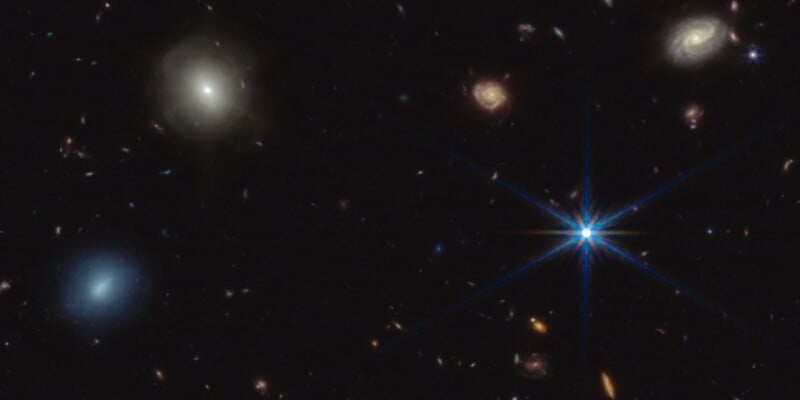
Spectrum is an important tool when searching for very old galaxies. “The gold standard for determining redshift involves looking at a galaxy’s spectrum, which measures its brightness at a myriad of closely spaced wavelengths. But a good approximation can be determined by taking photos of a galaxy using filters that each cover a narrow band of colors to get a handful of brightness measurements. In this way, researchers can determine estimates for the distances of many thousands of galaxies at once,” NASA explains.
Kevin Hainline of the University of Arizona in Tucson and his colleagues used Webb’s Near-Infrared Camera (NIRCAM), to obtain these critical spectral measurements, which are called photometric redshifts.
Hainline’s team identified more than 700 galaxies that they believe existed when the universe was between 370 million and 650 million years old. The huge number of candidate galaxies far outstrips even the most optimistic estimates scientists had prior to Webb’s launch. Webb’s groundbreaking resolution and spectral sensitivity are paying huge dividends.
“Previously, the earliest galaxies we could see just looked like little smudges. And yet those smudges represent millions or even billions of stars at the beginning of the universe,” says Hainline. “Now, we can see that some of them are actually extended objects with visible structure. We can see groupings of stars being born only a few hundred million years after the beginning of time.”
Image credits: NASA, ESA, CSA, Brant Robertson (UC Santa Cruz), Ben Johnson (CfA), Sandro Tacchella (Cambridge), Marcia Rieke (University of Arizona), Daniel Eisenstein (CfA). Image processing: Alyssa Pagan (STScI)